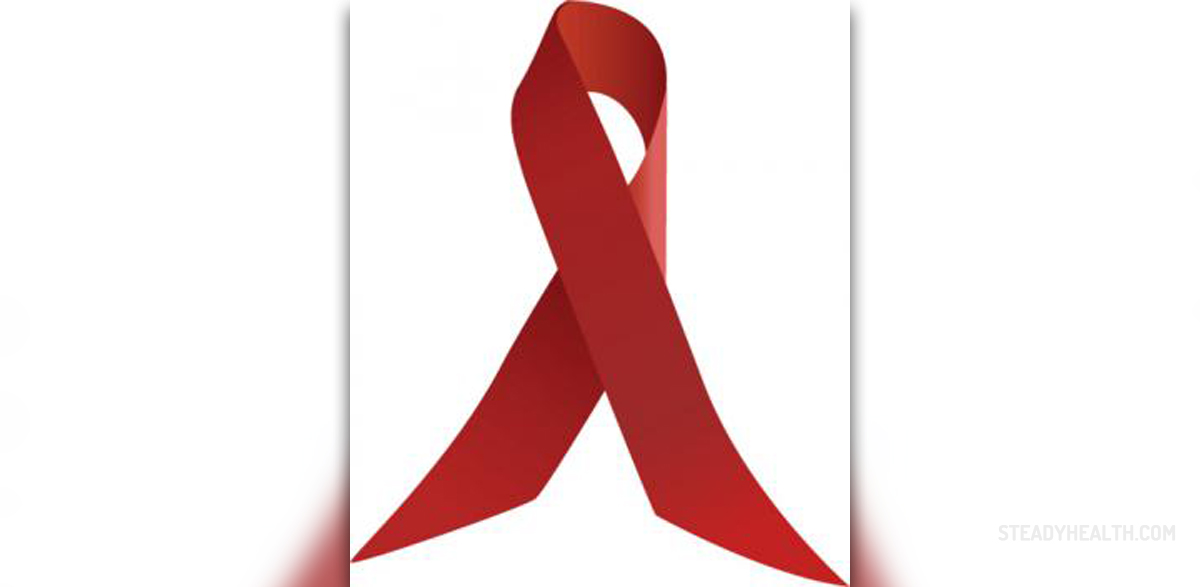
AIDS is a disease which is the last stage of the organism infection with human immunodeficiency virus (HIV), characterized by progressive weakening of the immune system which makes individuals susceptible to a wide range of infections and tumors.
The virus is usually transmitted by sexual intercourse and less frequently by contaminated blood, from infected mother to child during pregnancy, childbirth or breastfeeding. HIV cannot be transferred by shaking hands, hugging, kissing and other normal social contacts, by consumption of food prepared by infected persons, resident in the same room with infected person and so on. Animals and insects cannot transmit HIV or become ill from AIDS, because only the blood of human contains lymphocytes with CD4 molecules that bind the virus.
There is no effective cure or vaccine, which guarantees curing AIDS. However, antiretroviral drugs can prolong the duration of infection and delay entering the stage of AIDS.
To cause infection and development of the disease virus has to get into the blood, where it binds to CD4 + T-lymphocytes. Over time, there is a gradual decrease in the number of lymphocytes which eventually cause different (so-called opportunistic) infections. These infections are often difficult, and some of them deadly because lymphocytes are carriers of the cells defending from microorganisms, tumors and various foreign materials.
Treatment of AIDS includes inpatient treatment, daily treatment in hospital and outpatient monitoring the situation. Hospital treatment is indicated in patients suffering from a serious opportunistic infections or tumors. Out patient monitored and treated are patients who are at highly active antiretroviral therapy - HAART, and infected patients who haven’t yet acquire conditions for the initiation of therapy.
Preliminary results of U.S. and European studies have shown that highly active antiretroviral therapy dramatically increase the number of CD4 T-cells and decrease the concentration of HIV in the blood. However, HIV rapidly develops resistance to these drugs particularly when they are used alone. Resistance can delay if they are used in combination with other medications.
For now, the only effective therapy includes taking three drugs - two nucleoside analogue reverse transcriptase inhibitors and one protease inhibitor. However, the combined use of these drugs leads to a series of side effects (diarrhea, anemia, abdominal cramps), but their continued use can lead to a reduction of HIV in the blood to the limit when it can be registered by testing.
For the treatment of opportunistic infections uses different drugs depending on the specific infection.
If the patient gets Kaposi's sarcoma or other tumor, uses radiotherapy, chemotherapy or injections of alpha-interferon.
In the U.S. approximately 60% of HIV positive people use some form of alternative treatment. Despite the widespread popularity, it is not proven the effectiveness of this therapy. Acupuncture is recommended for the alleviation of various symptoms but it isn’t a cure for AIDS.
In Berlin in the 2008th reported case of a patient who was cured from AIDS. Suffering from leukemia, he had transplantation of bone marrow stem cells from the person who is genetically immune to the virus HIV (due to mutation known as CCR5, which has about 3% of Europeans). The case has prompted further research in genetic therapy of patients with AIDS. Because the virus is usually transmitted through sexual intercourse (anal, vaginal or oral sexual contact with an infected partner), the use of a condom during sex significantly reduces the chance of infection. Since there is still no effective vaccine against HIV, prevention efforts are primarily focused on educating people about how to stop spreading virus and measures that may be taken in order to avoid infection.


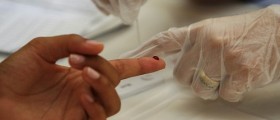

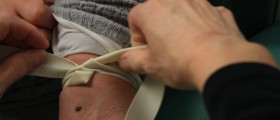
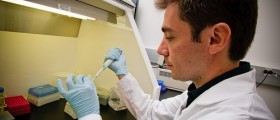
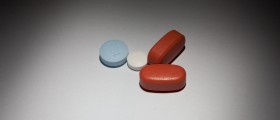
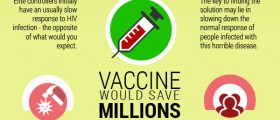

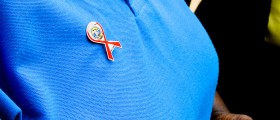


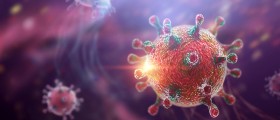

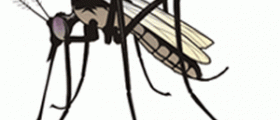

Your thoughts on this
Loading...